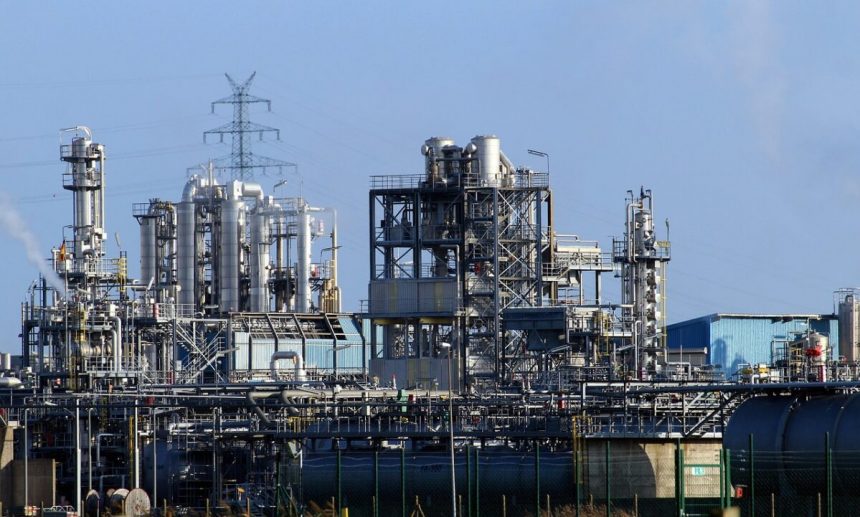Last week, the U.S. Environmental Protection Agency (EPA) announced new regulations aimed at reducing toxic emissions from petrochemical plants. These regulations will have a significant impact on reducing air pollution in “Cancer Alley,” a region in Louisiana where petrochemical plants are concentrated in African American and working-class neighborhoods.
According to the EPA, the new rule will cut toxic air pollution, including chemicals such as ethylene oxide and chloroprene, by more than 6,200 tons annually. This is part of President Biden’s environmental justice commitment to protect communities affected by toxic air pollutants. The rule will also require fenceline monitoring for key toxic chemicals, with data being publicly available to inform and safeguard nearby communities.
The regulations apply to about 200 plants producing synthetic organic chemicals, polymers, and resins, including neoprene. Additionally, the rule will reduce emissions of air toxics such as benzene, 1,3-butadiene, ethylene dichloride, and vinyl chloride, decreasing the risk of cancer from exposure to these pollutants.
While the chemical industry lobbied for delayed compliance with fenceline monitoring, there is a need to address the industry’s release of toxic substances into the environment. The industry’s resistance to regulation impedes progress towards safer chemicals and contributes to environmental toxicity.
The Biden administration’s focus on cancer research and regulation of toxic chemicals aligns with efforts to protect public health and the environment. However, more comprehensive research is needed to understand the impact of new chemical combinations on human and environmental health.
It is crucial to implement regulations that promote innovation while protecting public health from harmful chemicals. By fostering a collaborative approach between regulators and businesses, we can work towards effective regulation that benefits both society and industry.






